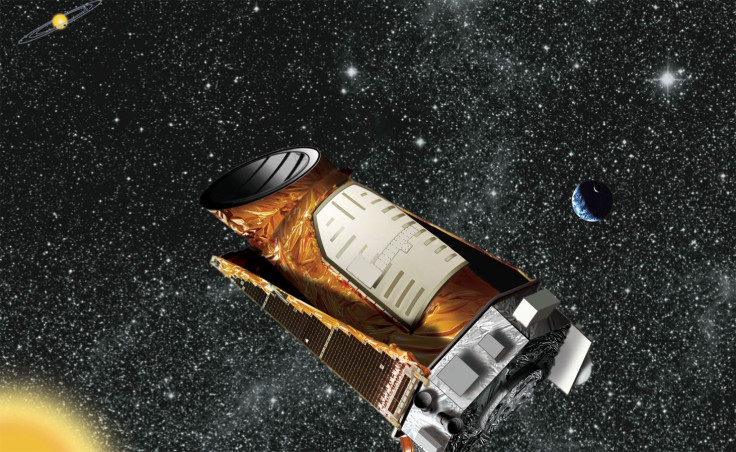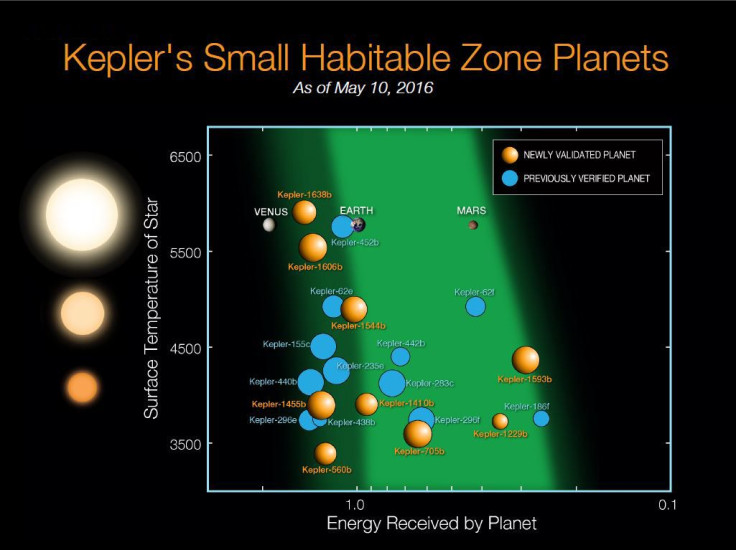There Are 1,284 New Planets After Latest NASA Kepler Space Telescope Bounty

NASA's Kepler space telescope continues to astound with its ability to discover planets. After its latest haul of 4,302 potential planet candidates in July 2015, NASA revealed that 1,284 have been newly confirmed as planets. Of the new planets, nine are less than twice the size of Earth and are located in the habitable zone around their stars.
The confirmed planets double the number discovered by Kepler. In 2014, NASA announced a planetary bonanza of 715 newly confirmed worlds outside of our solar system, known as exoplanets. Since then, astronomers discovered hundreds more using data collected by Kepler. The total number of confirmed Kepler exoplanets now tops 2,300. The total number of known exoplanets exceeds 3,200.
Of the total pool of Kepler candidates, 984 previously confirmed planets were revalidated by Kepler, while 707 are more than likely to be something else. There are also 1,327 candidates that are likely to be planets, but they don't meet the more than 99 percent threshold necessary for confirmation.
"This gives us hope that somewhere out there, around a star much like ours, we can eventually discover another Earth," Ellen Stofan, chief scientist at NASA, said in a statement.

Kepler planets come in all sizes and states. Mars-sized planets are relatively rare, but the size of most confirmed planets tends to be between the size of a super-Earth and the size of Neptune. The space telescope detects planets via the transit method. Kepler was pointed to a section of the sky between the constellations Lyra and Cygnus, according to NASA. The telescope measures the brightness of stars within its field of view. If an object passes in front of the star, the brightness will dip, which is a potential signal that a planet is orbiting a star. There are other possible explanations for this dip in brightness, such as another smaller star. Verification comes from additional observations from ground-based telescopes. There is also a statistical validation method that uses simulations to determine the probability that the candidate is a planet or an impostor. This statistical method has streamlined the process for confirming planet candidates. There are close to 550 planets that could be rocky bodies similar in size to Earth.
Kepler's status as the preeminent planet-hunting telescope was born out of misfortune. After its launch in 2009, Kepler functioned normally until two of its reaction wheels failed in 2012 and 2013. After some clever engineering, with the help of the sun to stabilize the space telescope, Kepler received a new lease on life with the K2 mission. After briefly entering emergency mode in the beginning of April, Kepler returned to a stable state after a few days. The data collected by Kepler will fuel further investigations for years to come.
© Copyright IBTimes 2024. All rights reserved.






















